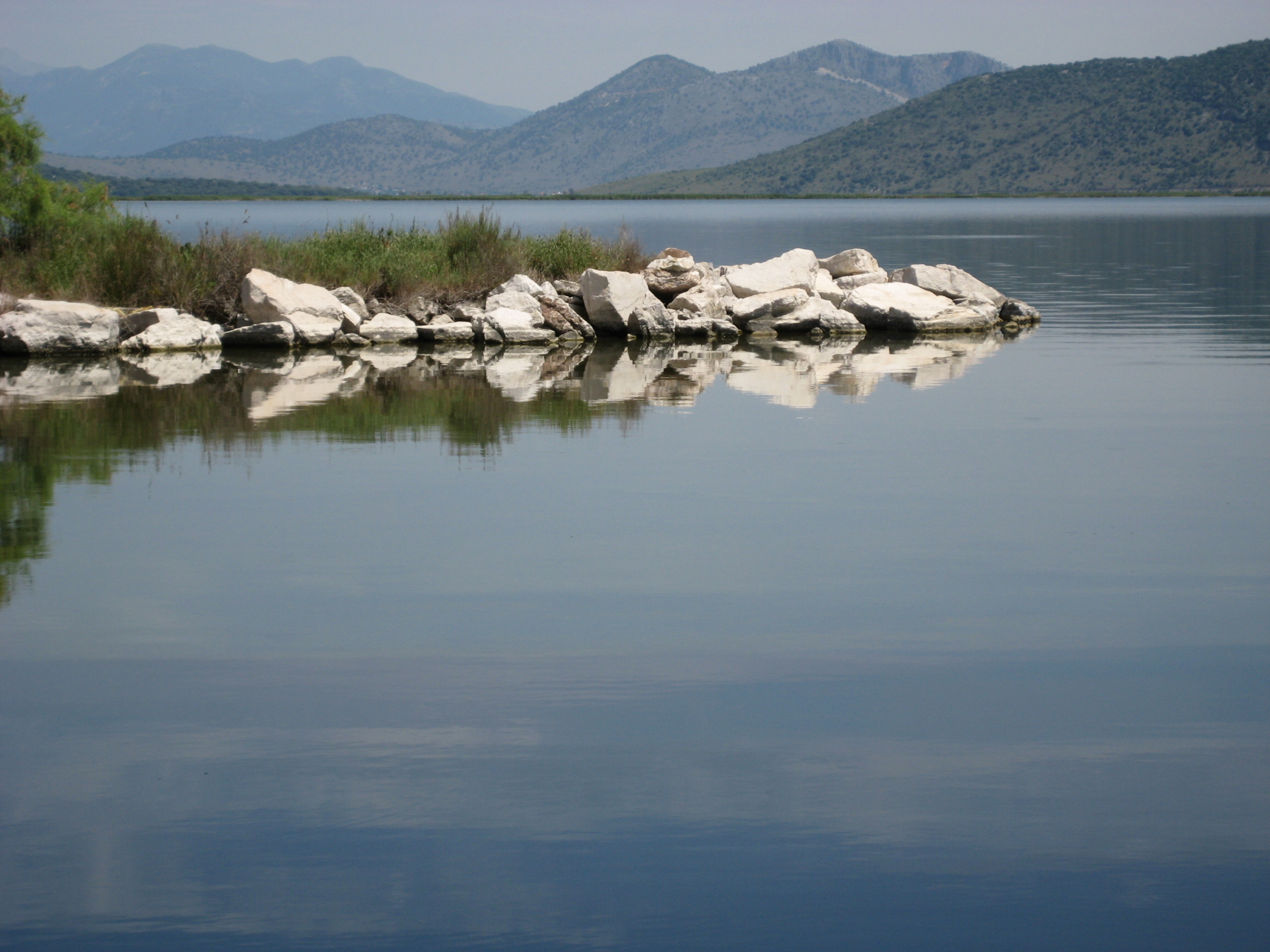Coastal lagoons: biogeochemistry and diversity of microorganisms
Microbial community functioning at lagoonal sediments
What is this project about?
Coastal lagoons are highly dynamic and extremely unpredictable aquatic systems due to the fluctuation of their environmental variables, while being particularly vulnerable to human activities. This is due to confinement, i.e. the time of renewal of the elements of marine origin at any given point, and their shallow depth.
Coastal lagoons are ecosystems of great economic value, because of their high productivity which leads to their intensive exploitation through aquaculture and fisheries activities.
Apart from human interference, lagoons are also susceptible to changes induced by natural events, such as storms and river flooding. The structure and function of lagoonal ecosystems is largely affected by the input of organic matter from land, the marine environment and the atmosphere and its subsequent decomposition and removal.
Microbial communities in lagoonal environments are different compared to freshwater and marine environments; although they are located in an intermediate salinity regime with pronounced temporal variations which poses a significant stress in biota, which is added to the stress induced by hypoxia, coastal lagoons exhibit high microbial diversity. Apart from salinity, nutrient availability and level of eutrophication seem to influence microbial activity in lagoonal sediments.
The lagoonal complex of Amvrakikos Gulf
Amvrakikos Gulf is a semi-enclosed embayment located in the northwestern part of Greece (Ionian Sea, Western Greece). It is about 35 km long and 15 km wide with a maximum depth of 65 m, and it is one of the largest semi-enclosed gulfs in the Mediterranean Sea. The wetlands of Amvrakikos Gulf, i.e. lagoons, reed-beds and marshes, are protected by the international Ramsar convention and included in the Natura 2000 network.
The Gulf is connected with the Ionian Sea via a narrow channel, the Preveza (Aktio) Strait, of minimum 600 m width, 3 km length and 8.5 m depth. Recent sedimentation patterns in the Gulf are related to the terrigenous inputs primarily from the Arachthos River, located in the northeast of the Gulf, and secondarily from the Louros River, located in the northwest.
Oxygen depletion events are not unusual for Amvrakikos Gulf, as hypoxic and anoxic conditions have been recorded since the Holocene both due to natural geologic processes, as well as due to human activities.
Ria Formosa lagoon
Coming soon…
Relevant journal articles:
- Tsiola A, Michoud G, Fodelianakis S, Karakassis I, Kotoulas G, Pavlidou A, Pavloudi C, Pitta P, Simboura N, Daffonchio D, Tsapakis M (2020) Viral Metagenomic Content Reflects Seawater Ecological Quality in the Coastal Zone. Viruses, 12: 806, doi: 10.3390/v12080806
- Pavloudi C, Kristoffersen JB, Oulas A, De Troch M, Arvanitidis C (2017) Sediment microbial taxonomic and functional diversity in a natural salinity gradient challenge Remane’s ‘‘species minimum’’ concept. PeerJ,5:e3687. doi: 10.7717/peerj.3687 (corresponding author)
- Pavloudi C, Oulas A, Vasileiadou K, Kotoulas G, De Troch M, Friedrich MW, Arvanitidis C (2017) Diversity and abundance of sulfate-reducing microorganisms in a Mediterranean lagoonal complex (Amvrakikos Gulf, Ionian Sea) derived from dsrB gene. Aquatic Microbial Ecology, 79: 209-219, doi: 10.3354/ame01829 (corresponding author)
- Pavloudi C, Oulas A, Vasileiadou K, Sarropoulou E, Kotoulas G, Arvanitidis C (2016) Salinity is the major factor influencing the sediment bacterial communities in a Mediterranean lagoonal complex (Amvrakikos Gulf, Ionian Sea). Marine Genomics, 28: 71-81, doi: 10.1016/j.margen.2016.01.005 (corresponding author)
